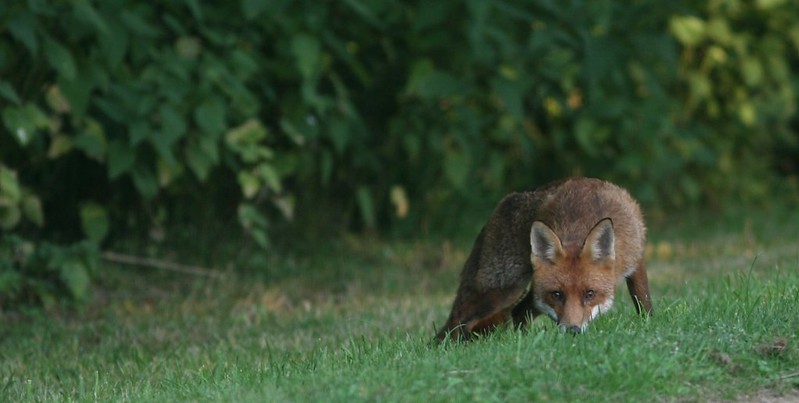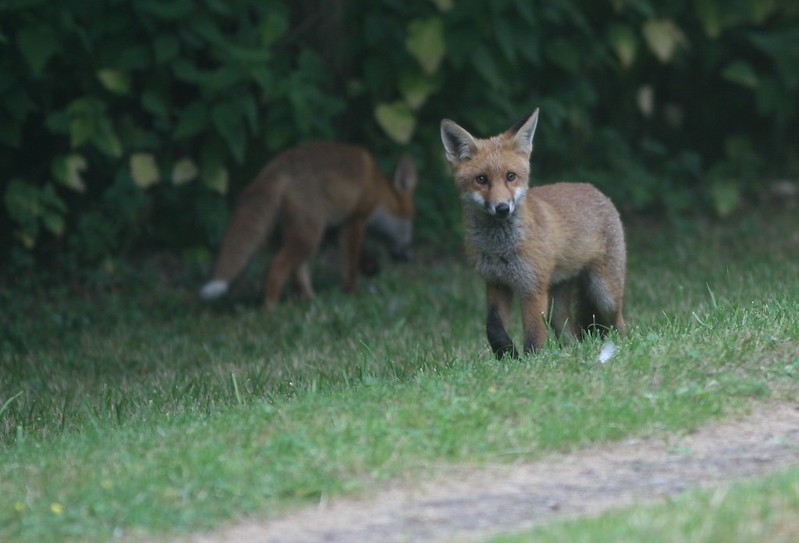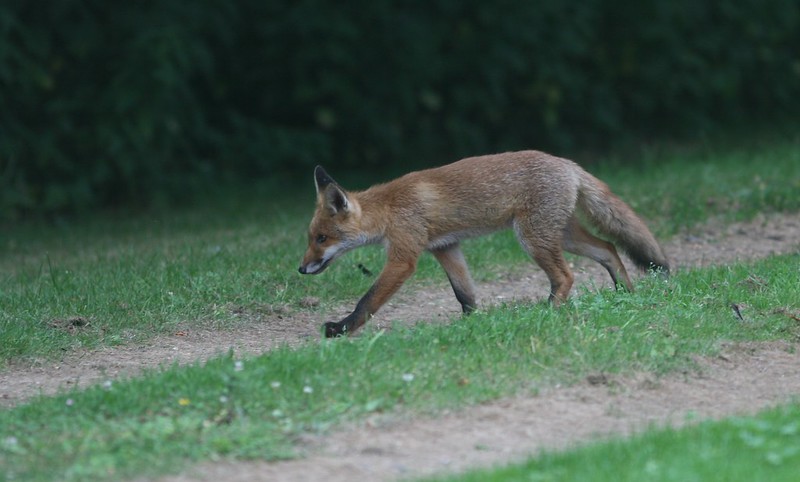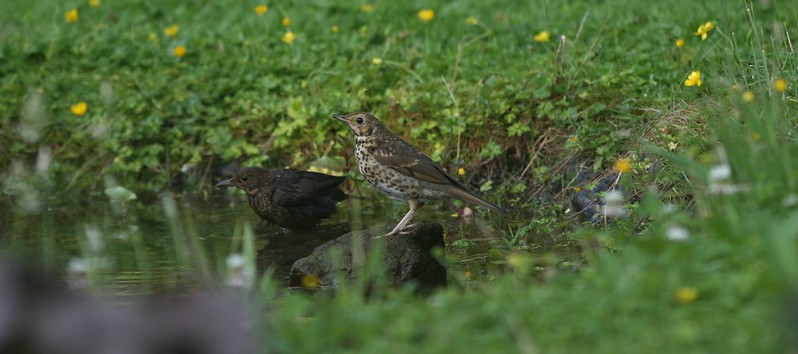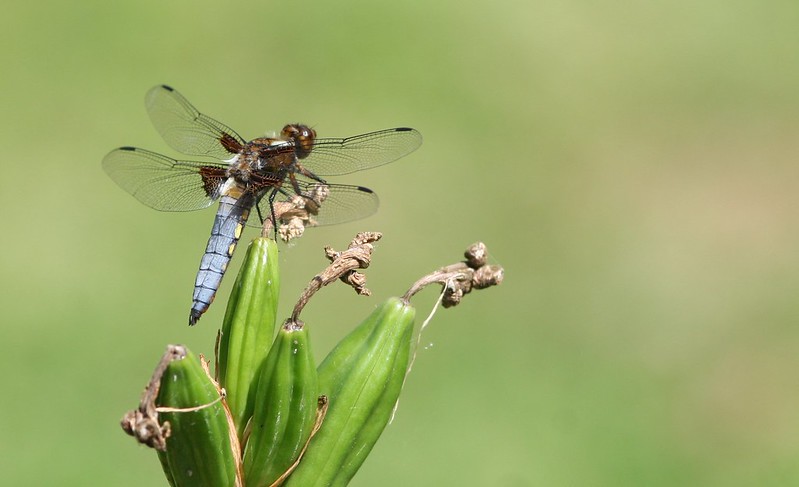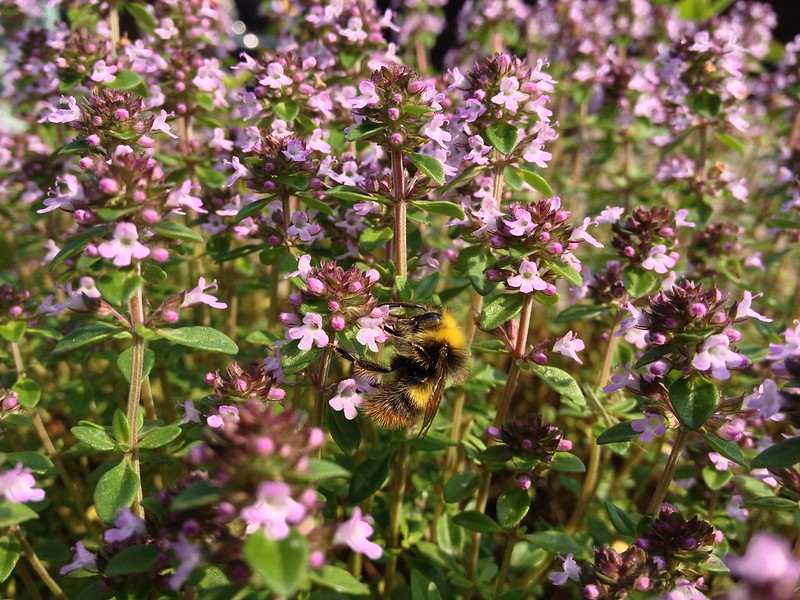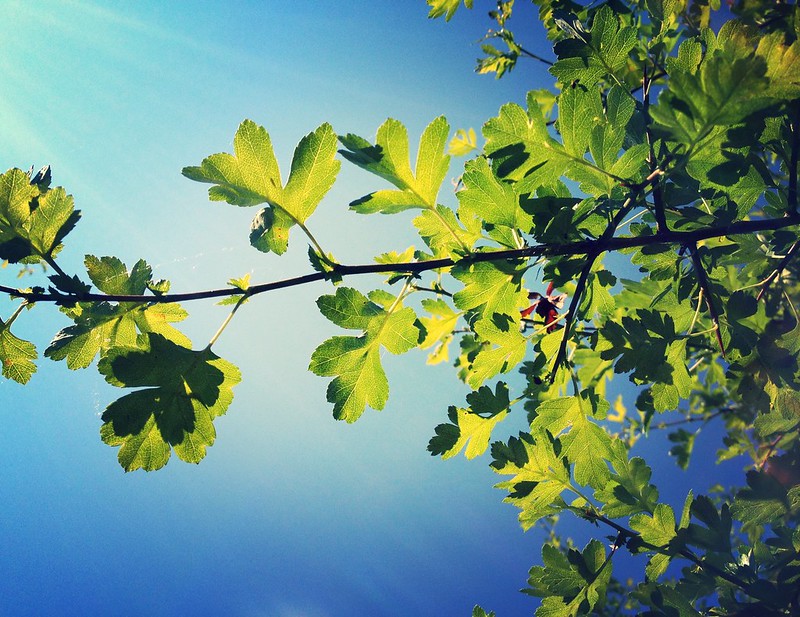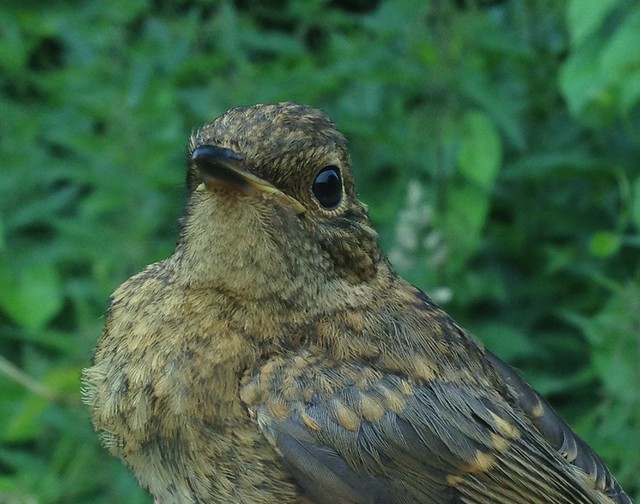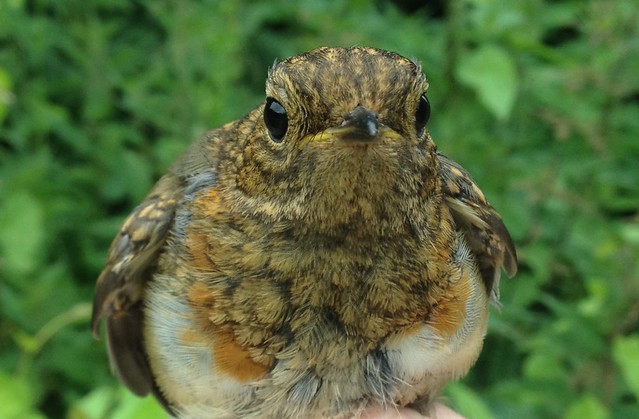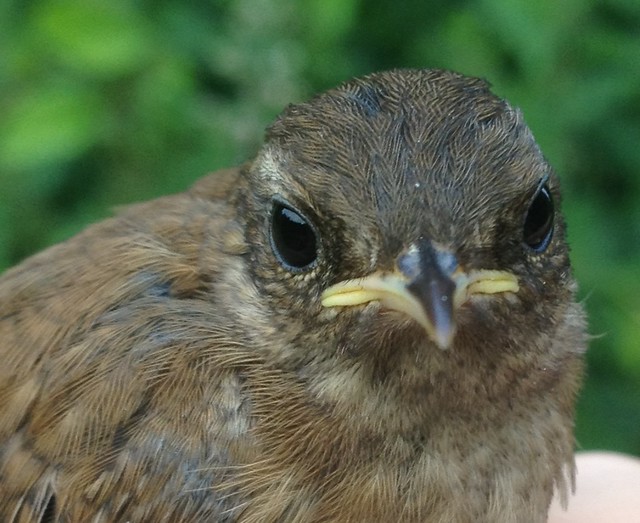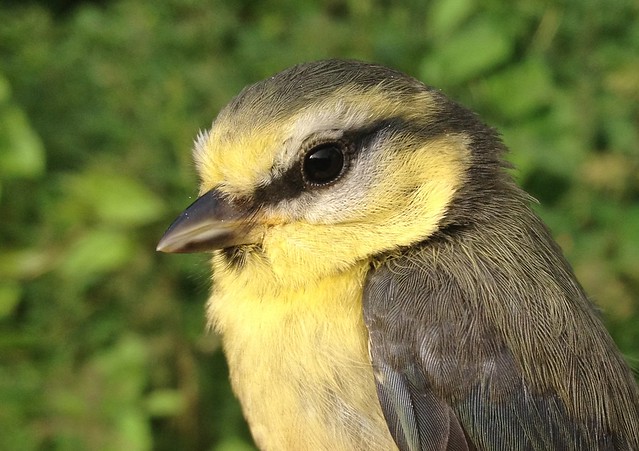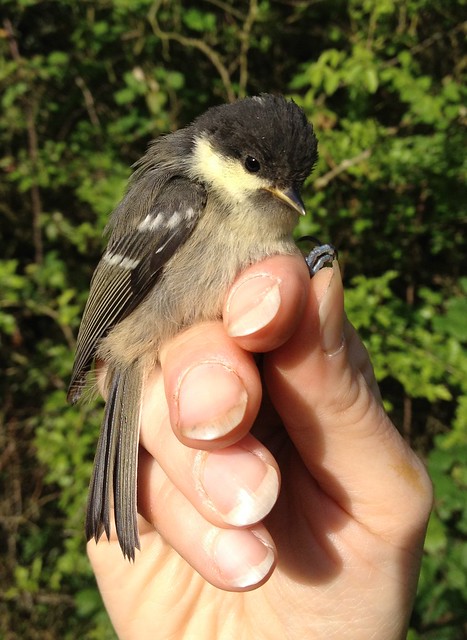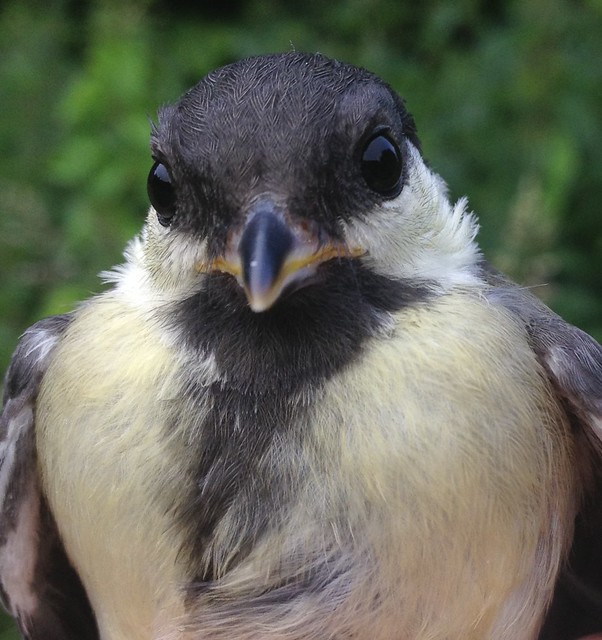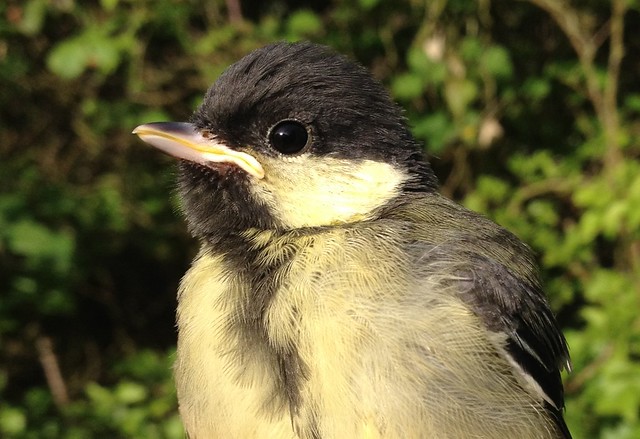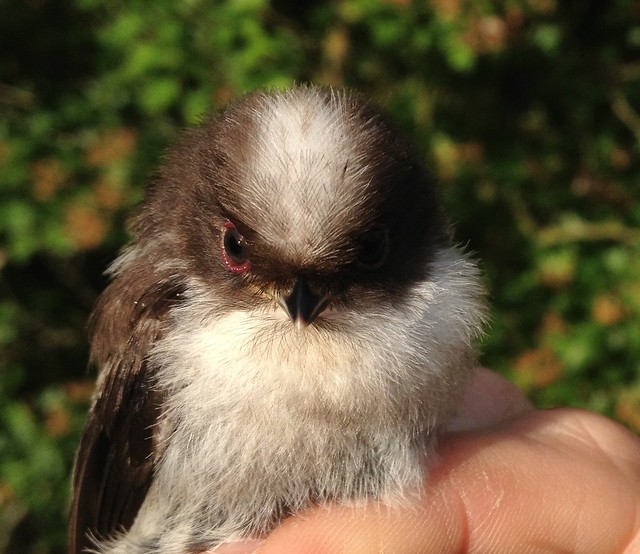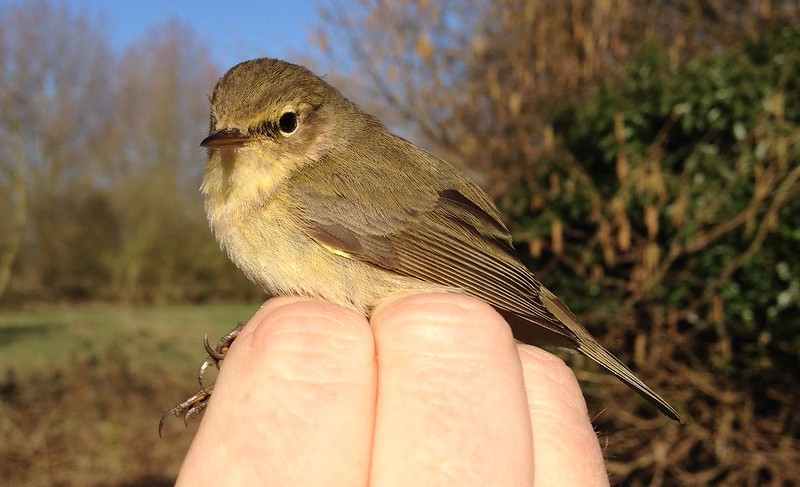
Well, the obvious answer is 'eggs', of course. But after 18 months of bird ringing at home, I'm starting to get some interesting results - from birds I've ringed and which have then gone elsewhere ('controls'), or birds ringed elsewhere which I've then caught at a later date ('recoveries').
Before I went off to Canada, I managed to catch some warblers in a net over a ditch. Two of them were controls and another produced a recovery, which is pretty good going.
I caught a Chiffchaff which had been ringed as a young bird at Rye Meads the previous autumn, as well as the Whitethroat I mentioned in a previous post.
And I just heard about one of the Blackcaps I caught on 20 April. It had reached Rutland Water six days later, and they caught it again four days after that, by which time it had lost a couple of grams in weight so is probably breeding there. Fat is migration fuel, and there's no point carrying it around if you've arrived at your destination!
A couple of other birds have been less fortunate. A female Siskin ended up in the jaws of a cat in Sandy a few weeks later, while a Song Thrush lasted for another seven months before dying in unknown circumstances, also in Sandy.
Here's a map with the best bits so far.
View Bird movements in a larger map
